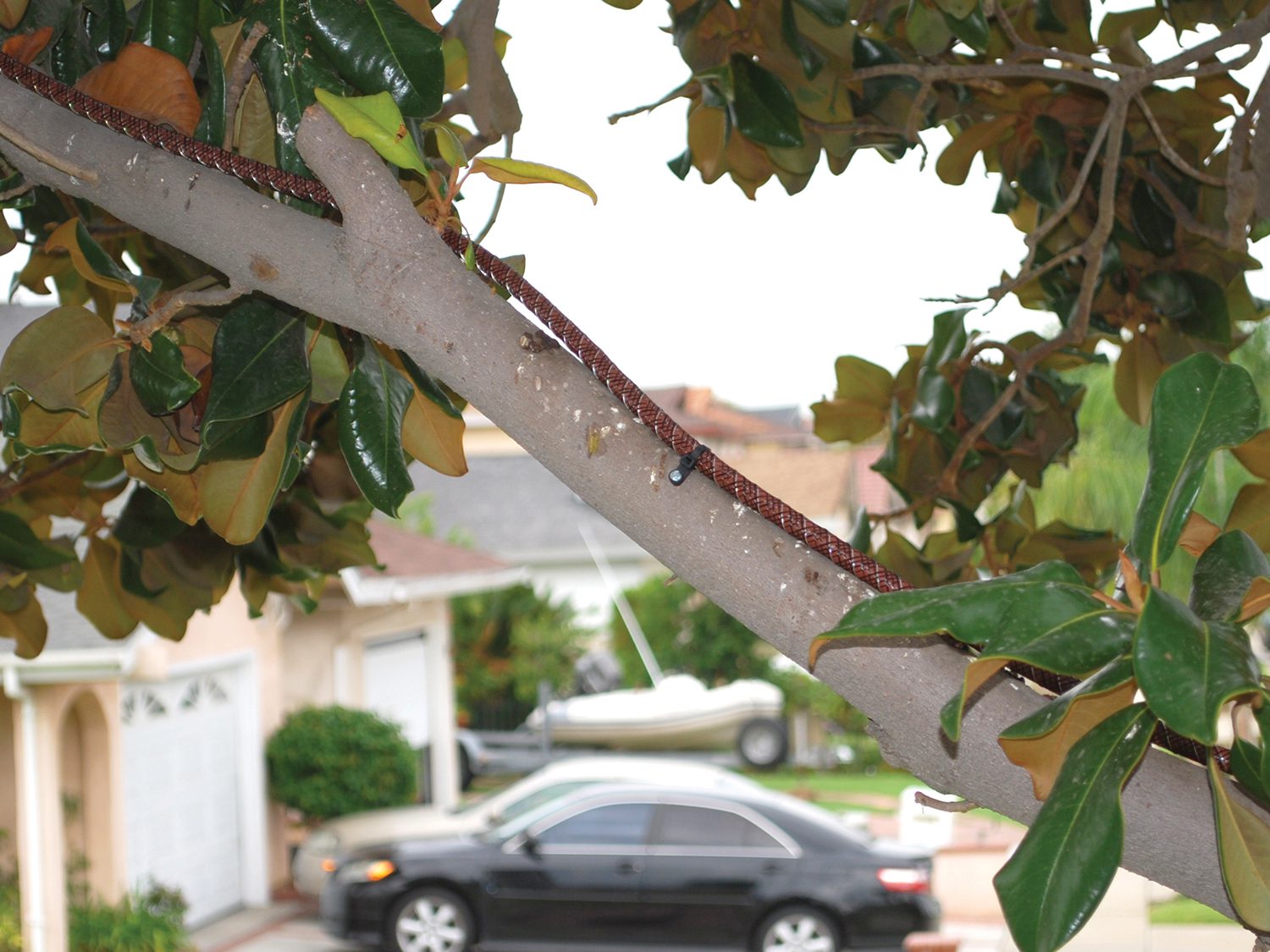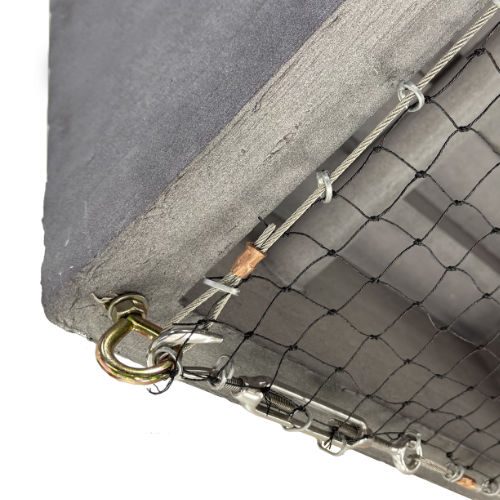Tree-Shock Installation Instructions



A professionally-thinned tree is easier to treat with the Tree-Shock™ system, and is less hospitable to birds; they feel more exposed.
- Most birds roost on the sturdier limbs of a tree, but lighter birds may roost on the twigs at the outer extremities.
- Larger birds, like grackles and pigeons, will be easier to repel than smaller birds like sparrows because they can perch on very thin twigs.
- Most, if not all, birds will leave the tree if enough roosting limbs are protected with the Tree-Shock™ system.
- More Tree-Shock™ tube can be added to a tree if necessary.
- Overgrown trees should be thinned out by a professional, then protected with the Tree-Shock™ system. Thinned trees are less hospitable to birds, and it’s easier to install as most of the very thin branches will have been removed.
- Birds that are shocked are extremely unlikely to return to the same tree, even when it fills back in.
- Because trees grow, the cable ties should be adjusted every year or two to reduce damage to the system.
- Chargers should be mounted off the ground, out of the reach of passers by.


When small birds land in the canopy of the tree (leaves, smaller branches), it may be advisable to protect the tree from the outside. Birds will land on the perches (the Tree-Shock™ system strung from limb to limb), and get shocked before going deeper into the tree.



